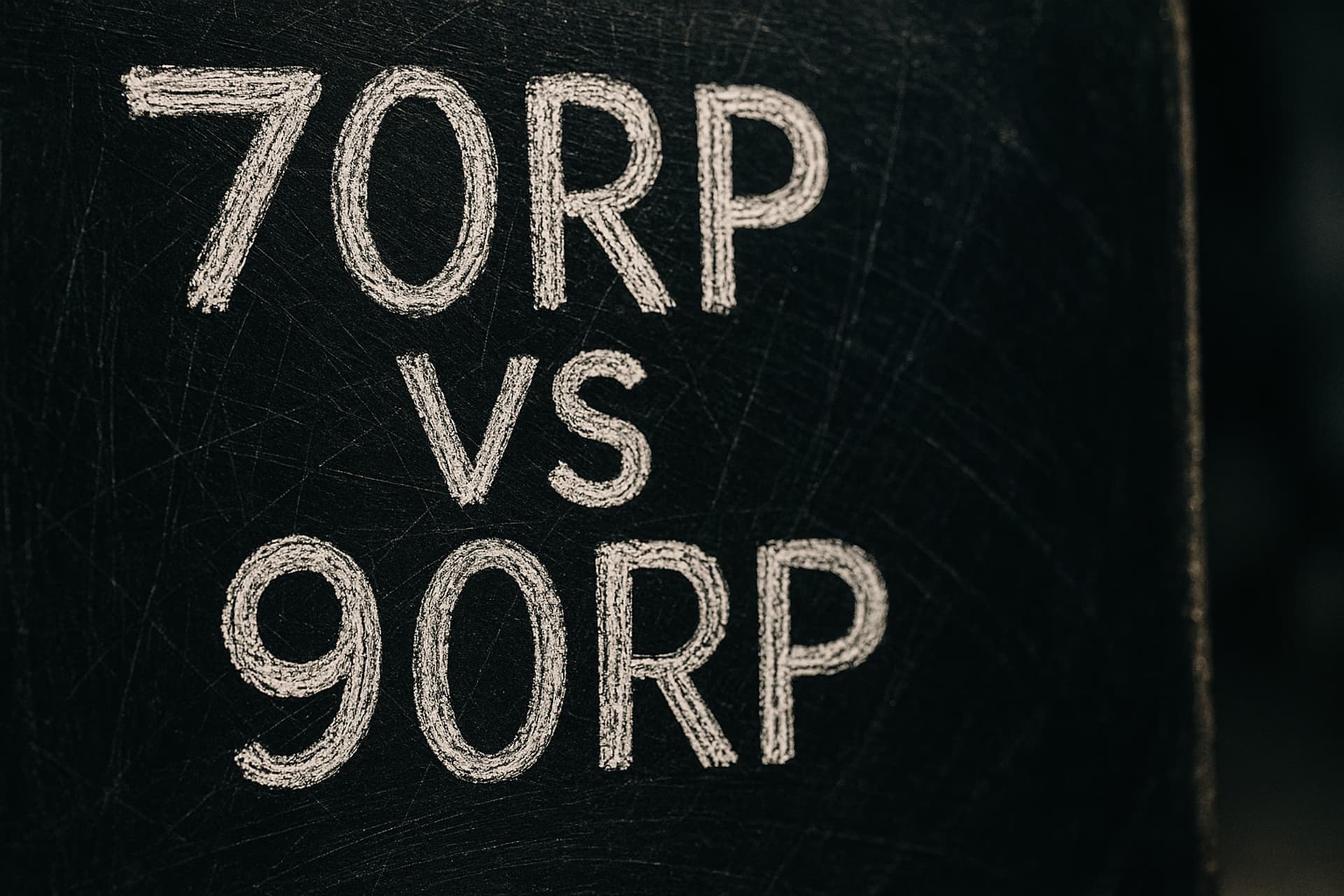O-Level Biology Potometer Transpiration Masterclass
Download printable cheat-sheet (CC-BY 4.0)03 Nov 2025, 00:00 Z
Reviewed by
Ezekiel Tan·Academic Advisor (Biology)
Want small-group support? Browse our IP Biology Tuition hub.
TL;DR
Potometer questions drill exactly what the 2026 syllabus flags under plant transport and MMO precision.
Master the assembly (water-filled tubing, xylem-only stem cuts), rehearse how to stabilise the system before you take readings, and always present rate data with units and commentary that map to ACE.
Use hydrogencarbonate indicator or humid bags for modifications so you can justify every tweak with references to SEAB’s apparatus list.
1 | Why potometers stay on SEAB’s shortlist
- Section 3 of the SEAB 6093 syllabus emphasises transport in flowering plants and explicitly expects candidates to explain how transpiration drives water movement (SEAB 2026 syllabus, PDF).
- Paper 3 planners love the setup because it exercises:
- MMO: cutting stems under water, removing air bubbles, reading meniscus movement to the nearest millimetre.
- PDO: tabulating distance moved/time, converting to volume (area of capillary bore × distance) with correct significant figures.
- ACE: explaining how light, humidity, temperature, and wind alter stomatal aperture and therefore the gradient that powers transpiration.
- Cross-reference our practical overview for broader timing and skill weightage before you dive into the drills: https://eclatinstitute.sg/blog/o-level-biology-experiments/o-level-biology-practical-2025-guide.
2 | Assemble a reliable apparatus
| Component | Why it matters (Paper 3 language) | How to report it |
| Fresh leafy shoot | Large surface area with active stomata ensures measurable water uptake. | State species if provided and mention trimming lateral leaves for consistency. |
| Water bath or tray | Keeps tubing flooded so no air enters when you insert the stem. |




